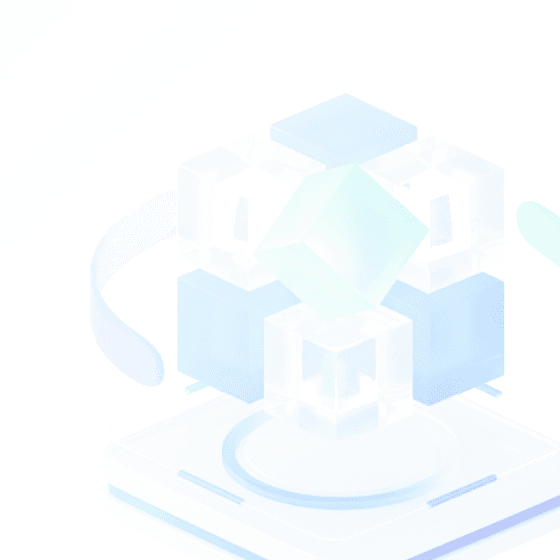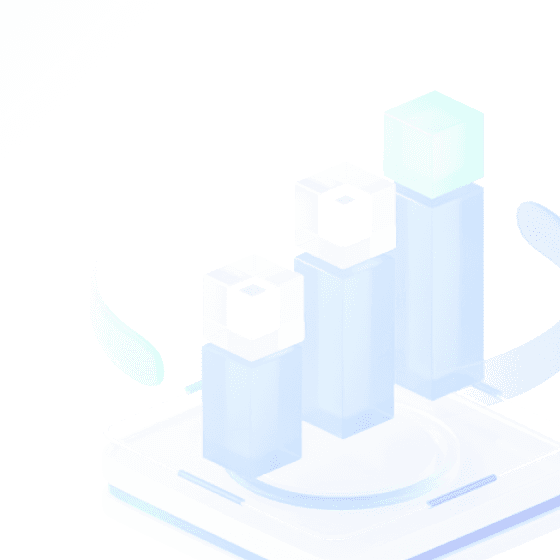Zen42.ai
Powered by Hyper Connected AI Consortium
Proposal
Embracing an AI-Native World with Decentralized Power and Compute Systems
In the field of information technology, application scenarios and infrastructure technologies have always evolved in tandem, driving each other forward. With each iteration, leading companies such as Cisco, IBM, Intel, Microsoft, Google, Apple, etc. have reshaped the world through revolutionary innovations in technology, products, and business models.
Issues surrounding computing power, energy consumption, networking, and data privacy security have emerged as key bottlenecks. Global efforts to combat climate change are at risk of being undermined.
The geopolitical landscape has elevated the importance of AI sovereignty. This has not only led to stricter regulations on cross-border data flows but also increased fragmentation within the technology stack—from chips and operating systems to data engineering, training frameworks, and AI application development.
In response, companies like Microsoft and OpenAI have proposed initiatives such as the $300 billion USD "StarGate" plan to address the computing power and energy constraints facing AI development. However, even in the United States, this centralized and top-down approach faces significant challenges and is far from achieving success. Additionally, this model has not gained wide acceptance in other countries, nor does it address the broader bottlenecks in AI development. A new, comprehensive approach is needed—one that can build an ecosystem capable of supporting an AI-friendly and AI-native world, balancing the demands for energy and computing power with the challenges of security, sustainability, and global cooperation.
We need a Decentralized Direct Current Green Power System
Our world has abundant green energy resources, allowing energy to be produced and consumed at various locations, from homes, offices, electric vehicles, and wind and solar farms to energy storage systems.
- Connect centralized green power producers to high-voltage transmission lines, creating a hub for green power distribution.
- Establish a virtual power plan to aggregate and redistribute green energy generated and stored at end-user sites, such as homes, EVs, buildings, workplaces, and other locations.

We need a Decentralized AI Compute and Software Platform
We should revamp our IT infrastructure to ensure it is fully prepared for AI.
- Construct large-scale AI Data Centers (AIDCs) optimized for energy efficiency in designated areas, known as "Hubs," which will serve as AI factories for large language model (LLM) training.
- Develop strategically located AIDCs near major cities, referred to as "Spokes," optimized for LLM training and inference, ensuring users have access to adequate compute power with low latency.
- Build inference-focused AIDCs at the edge, closer to end-users, known as "Edge" nodes, to provide the best possible latency for AI services.
- Implement the "City as a Computer" model by extending a second-layer network from traditional data centers across the city. This network will connect all Edge and Spoke AIDCs to the Hub, enabling fast, reliable, efficient, and secure transmission of data and models.

Introduce Web3 and DAO to Manage Decentralized Systems and Protect Data Privacy
- Smart Contract Defined Network (SCDN): Utilize smart contracts to establish consensus for peer-to-peer connections. This approach not only safeguards data privacy but also serves as a transparent ledger for the supply and usage of power, models (such as large language models), data, and computing resources—essential components for AI.
- Decentralized Autonomous Organization (DAO): Implement a DAO to manage and coordinate the decentralized systems. Through the use of smart contracts, the DAO can establish and refine the operational rules of these systems, ensuring efficient governance and adaptability.

Appendix

Zen
Zen Master MUGAKU SOGEN (1226-86) was born in the era of Northern Song dynasty in China. Invited by HOJO TOKIMUNE (the 8th regent to the Kamakura shogunate), MUGAKU SOGEN crossed the sea and arrived in Japan in the midst of the armed conflicts against Mongolia. Especially in the fierce KouAn-War in 1281, 100-150 thousands of both sides were killed, and MUGAKU SOGEN thereafter set his mind on founding ENGAKUJI in sincere hope of National protection, Zen promotion, and mourning for all war victims of even both sides.

42
The "Hitchhiker's Guide to the Galaxy, " which is renowned as a science fiction Bible, once proposed a fantastic definition to the world: the ultimate answer to life, the universe, and everything is "42, " symbolizing humanity's contemplation of the ultimate question. Nowadays, the metaverse has become a well-known buzzword. Meta, as a root, reveals the essence and origin of the "element" of all things, while also containing the power of transcendence. The combination of Meta and 42 showcases humanity's continuous transcendence, innovation, and ultimate exploration of the metaverse.In the data center field, 42Unit represents the most common IDC standard cabinet size. Based on people's recognition of the spirit of constantly thinking and surpassing the number 42.

AIDC
AIDC (Artificial Intelligence Data Center) refers to a comprehensive information processing center that integrates high-performance computing capabilities, big data processing capabilities, artificial intelligence algorithms, and cloud computing services. As a key infrastructure for the development of information technology in the new era, AIDC can provide powerful data processing and intelligent analysis capabilities for various users such as governments, enterprises, and research institutions. It supports diverse application scenarios such as smart cities, intelligent manufacturing, and scientific computing, and is an important force in promoting social informatization and intelligent transformation.
About us
We are a group of believers and followers in blockchain, artificial intelligence, and green energy. We are engineers, entrepreneurs, scholars, researchers, humanitarians, and most importantly, dreamers of the new reality. We aspire to become architects of the new digital world, and even more so, we aspire to be ambassadors of this digital world, opening its doors to everyone without boundaries.
A new digital era is here, and with it, a new reality.
In 2019, on the occasion of the 10th anniversary of the birth of Bitcoin, we published a paper titled 'A Peer to Peer Monetary System' to commemorate the tremendous progress brought to the world by Satoshi Nakamoto.
View Document:A Peer to Peer Monetary System